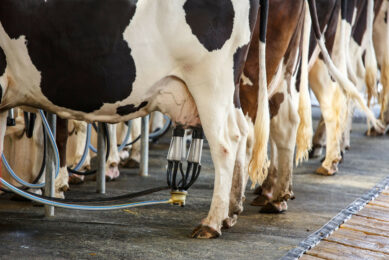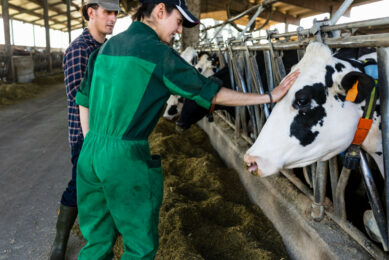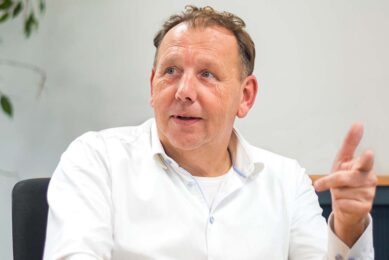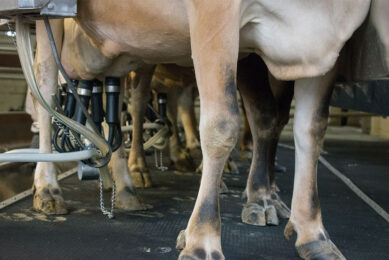Automatic lameness detection at the touch of a button
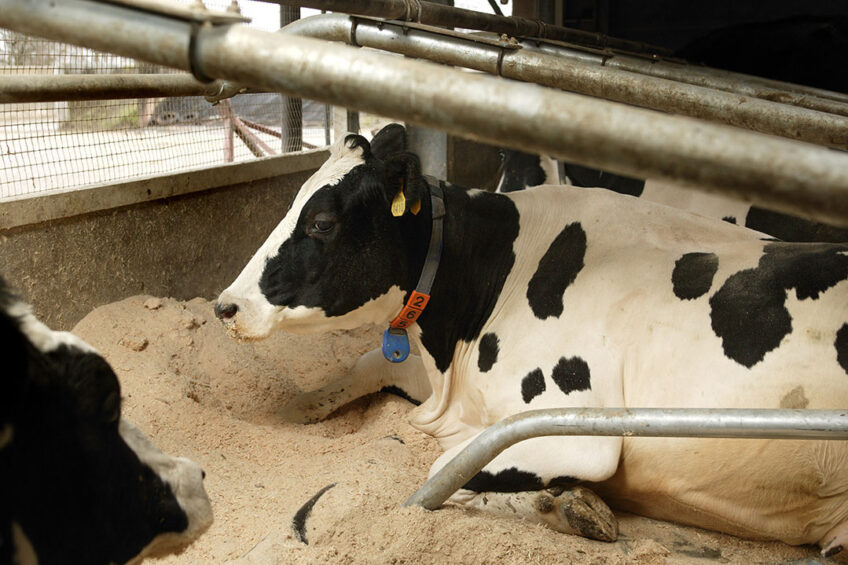
Researchers from Wageningen University & Research in the Netherlands have placed cameras around its Dairy Campus in order to automatically detect lame cows at the touch of a button. The researchers want to find out what impact locomotion issues have on the animals’ behaviour.
The researchers are equipping the innovation centre Dairy Campus with cameras and antennae. Cameras in the milking parlour are set up to capture images of the animals’ hooves and the cameras set up near the exit of the milking parlour record the gait of cows passing through the walkway.
“Lameness is defined as a clinically perceptible deviation from the gait pattern, but subtler changes can also occur. It is important to recognise these abnormalities early on: milk production is affected due to the pain that the animal experiences,” says animal scientist Claudia Kamphuis. Adding, “our colleagues are looking at a specific infectious hoof disease, Mortellaro’s disease, and we are looking at the gait pattern and its impact on cows’ behaviour.”
Artificial intelligence
“We are creating an algorithm that detects deviations from the standard gait pattern. To do this, we are using a system that works using artificial intelligence. We indicate a number of points that are important for the gait – the hooves, hip and knees, for example. Then we teach the algorithm what the normal gait for each cow is. If the gait starts to deviate, due to a hoof disorder for example, we can flag it up early on,” adds Kamphuis.
Combining data
The researchers are combining the resulting data with behavioural data from the living areas. “We determine the connections between gait and the cows’ behaviour. There is a possibility that cows that develop locomotion issues at any point behave differently from those that do not. So particular behaviours may be a risk factor for locomotion issues.
To combine the video and behavioural data, the researchers have fitted the cows with collars that contain sensors. They have also installed cameras in one of the living areas. Antennae in the enclosures pick up signals from the sensors, allowing them to monitor what all the cows are up to: where the cows are walking, how active they are and what behaviour they are displaying, such as standing up or lying down. The cameras are used to both validate sensor information and generate information.
According to Kamphuis, the trick is to analyse and store all the collected data intelligently. The researchers want to do this by creating a modern data warehouse.
Ultimately, with systems like these, farmers can identify cows with locomotion issues earlier on and provide appropriate care. Breeders can also use the data for breeding by selecting for reduced susceptibility to hoof disorders.
“The Dairy Campus and the video tracking system are a catalyst for further research,” says Kamphuis.



